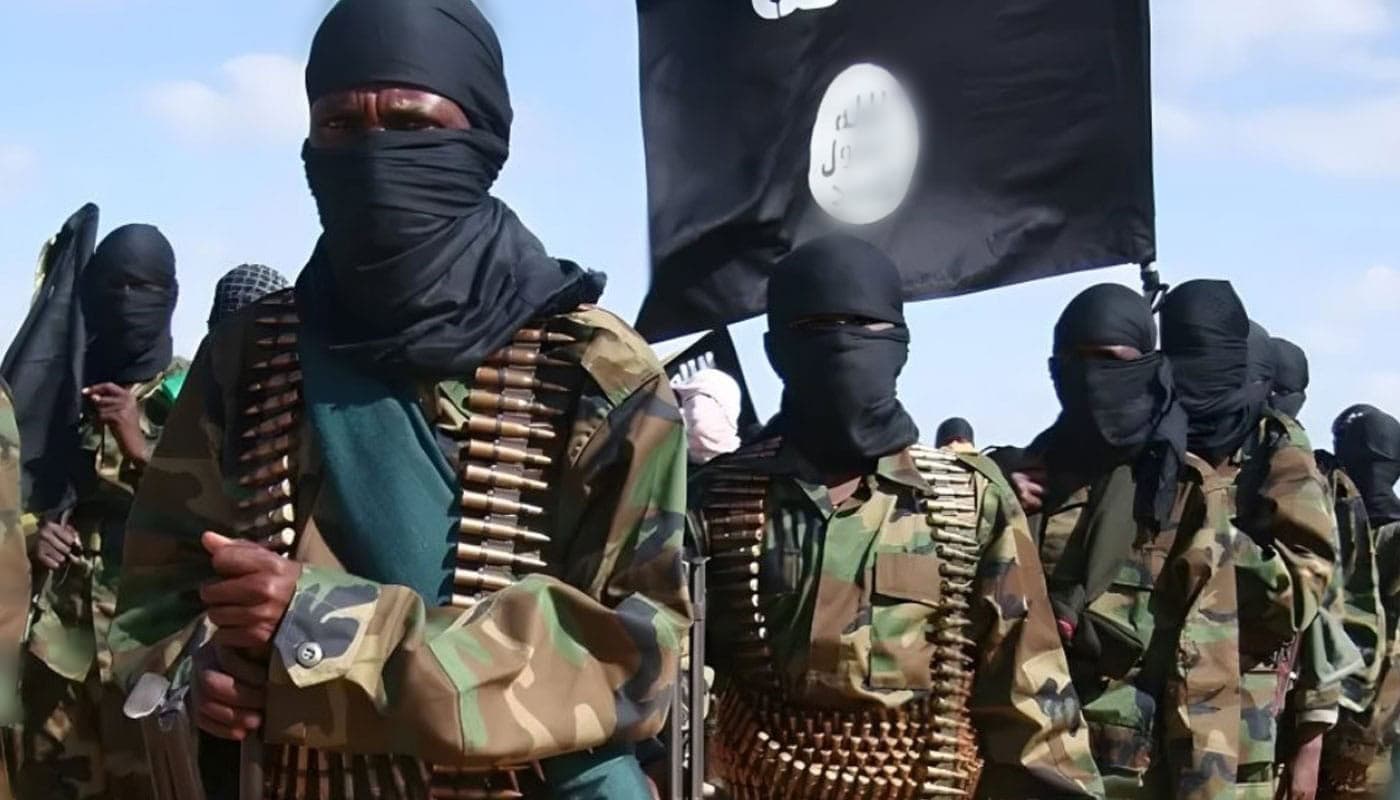
Image: AFP/Compiled by South24 Center
آخر تحديث في: 11-06-2024 الساعة 8 مساءً بتوقيت عدن
Aden (South24)
US intelligence has learned of talks between the Iranian-backed Yemeni Houthi militia and the armed extremist group al-Shabaab to provide weapons to the Somali movement, according to information published by the American CNN network.
Three American officials, who spoke to CNN in a report released today, described the matter as a “worrying development that threatens to further destabilize an already violent region.”
Officials are reportedly now looking for evidence that Somalia has received weapons from the Houthis, and are trying to determine whether Iran, which militarily and financially supports the Yemeni group to some extent, is involved in the alleged agreement.
According to an unnamed senior administration official cited by CNN, the United States (US) has been warning countries in the region about this potential cooperation in recent weeks while African countries have begun proactively communicating with the United States to obtain more information and raise their concerns.
The report highlighted the ideological disparity between the Houthis as Shiites and the Sunni al-Shabaab movement, which is considered a branch of Al-Qaeda in Somalia, but indicated that the two groups, both designated as terrorists by the US, are united by a common hostility toward Washington.
“They are separated by only a single body of water — the strategically significant Gulf of Aden — and they both count the United States as a top enemy,” the report said.
“A potential deal could offer a new stream of financing for the Houthis, at a time when US officials say there are signs that the group’s primary patron, Iran, has some concerns about the group’s attack strategy., it added.
The report also said that this potential agreement between the Houthis and al-Shabaab may provide the Yemeni group a new source of income they desperately need.
If al-Shabaab were to obtain weapons provided by the Houthis, including drones, the Somali group would be able to strike American targets, the report states.
The occurrence of an agreement of this kind “shows there is a level of pragmatism in both organizations,” said Christopher Anzalone, a professor at the Marine Corps University’s Middle East Studies department.
The senior US administration official said that any form of military cooperation between the Houthis and Al-Shabaab could also undermine the informal and fragile ceasefire between the Houthis and Saudi Arabia that has held since 2022.
They added that it would "definitely" go against the spirit of a proposed UN roadmap for a more lasting peace.
“We still have a strong interest in supporting the roadmap process in Yemen,” the official also said, “but this sort of trafficking between the Houthis” and al-Shabaab “would certainly complicate and undermine that effort.”
Another US official believes the deal would cover more weapons than just mortars and short-range missiles – which al-Shabaab already has access to - given the Houthis' advanced arsenal of drones and long-range ballistic missiles.
Regarding the extent of Iran’s involvement in this potential deal, the report described the issue as one of the main questions for US intelligence officials, who said there is no direct evidence yet, but that it would align with Iran’s wider efforts to expand the front against the US and the west.
Today’s revelations reinforce the claims of the Southern Transitional Council (STC) in South Yemen, whose forces have fought vicious battles against Al-Qaeda in the Arabian Peninsula (AQAP) over the past two years in the governorates of Abyan and Shabwa, regarding the existence of an alliance between the Houthis and AQAP.
In May 2023, AQAP began using drones for the first time to strike sites linked to the STC's Southern forces in Shabwa Governorate.
On May 22 this year, AQAP used drones to bomb the sites of a tribe allied with the Southern forces in Wadi Jinan, in the Mudiyah district of the Abyan governorate, marking the first use of this technology in Abyan by the extremist organization.
An annual report for 2023, issued by the South24 Center, showed that AQAP used drones, the second most used weapon after explosive devices, nine times against Southern forces in Shabwa that year.
Related: Yemen in 2023: Hope flickers despite hardships, annual report
Last November, a research paper issued by the South24 Center, which tracked the arming of AQAP in Yemen, indicated the Houthis are the most likely source of the drones the extremist organization obtained.
Related: Research Paper: How and From Where Has AQAP Received Weapons?
This US report comes less than a day after Houthi intelligence accused former Yemeni employees of the US embassy in Sanaa, who had been detained by the group for years, of working for the American Central Intelligence Agency (CIA) and the Israeli Mossad.
South24 Center

قبل 3 أشهر

قبل 3 أشهر